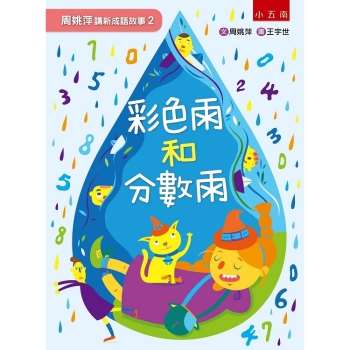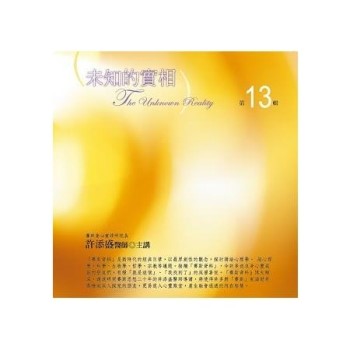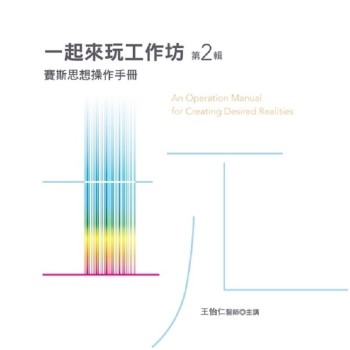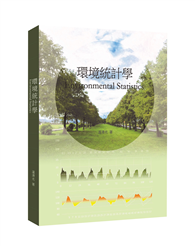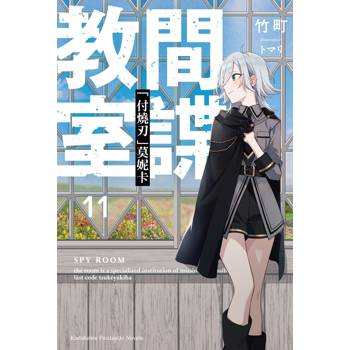On Christmas Eve in 1909, twenty-one-year-old Kagawa Toyohiko (1888-1960) rented a room in Kobe’s worst slum where, apart from two years of study in the United States, he remained with his wife and closest co-worker Haru for more than ten years. They engaged in pastoral work, evangelism, social reform movements, and literary activities, founding numerous institutions that are still in operation today. After publishing a best-selling novel in 1920, Kagawa began to draw the attention of people from around Japan and the world. His literary output was prodigious, amounting to more than 300 books. Often compared with his contemporaries Mahatma Gandhi and Albert Schweitzer, Kagawa was nominated twice for the Nobel Prize in Literature (1947, 1948) and four times for the Nobel Peace Prize (1954, 1955, 1956, 1960). Appealing to the masses who had little knowledge of Christianity, Kagawa believed that a positive interpretation of nature and science was a key missiological issue in Japan. The meditations in A Few Words in the Dark were selected from a series that ran in the religion column of the Yomiuri Shimbun, a leading Japanese newspaper with a national distribution. Touching on a range of subjects, including the relation of religion and science in modern society, these meditations were written in 1926 during a time when Kagawa was hospitalized for temporary blindness caused by an eye disease he had contracted while living in the Kobe slum.

